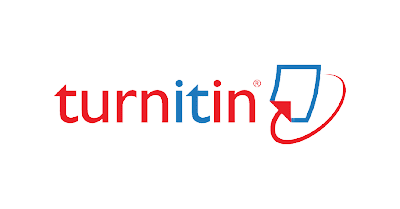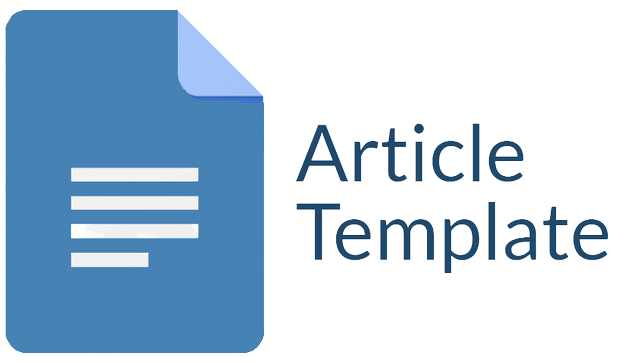ANALISIS LITERASI MATEMATIKA PESERTA DIDIK BERDASARKAN HOTS KELAS VII MTS SARJI AR-RASYID SITUBONDO
Abstract
Mathematics education is closely related to every human being's everyday life, one of which is counting. Mathematics education also needs to be taught to students to be more disciplined, develop patterns of thinking from the usual to more than before, and read the problems faced and find solutions. This study aims to describe the students' scientific literacy based on HOTS according to the criteria of high, medium, and low-grade VII MTs Sarji Ar-Rasyid for the 2019/2020 academic year. The type of research used is descriptive qualitative. This study's subjects were three class VII students of MTs Sarji Ar-Rasyid based on high, medium, and low HOTS criteria. Data collection techniques were observation, HOTS test, mathematical literacy test, interviews, and documentation. The results of the Student Matematic Literacy analysis based on HOTS with high, medium, and low criteria showed different results. In research subjects with high criteria and moderate criteria have met the indicators of mathematical literacy, namely, expressing mathematical ideas orally and in writing, combining personal experiences related to mathematical problems, and utilizing the tools needed. Simultaneously, the research subjects with low criteria have not met the indicators of mathematical literacy by looking at the unsatisfactory results of the mathematics literacy test.
Downloads
References
Astuti, P. (2018). Kemampuan Literasi Matematika dan Kemampuan Berpikir Tingkat Tinggi. 1, 263–268.
Mahdiansyah, & Rahmawati. (2014). Literasi Matematika Siswa Pendidikan Menengah: Analisis Menggunakan Desain Tes Internasional dengan Konteks Indonesia. Jurnal Pendidikan Dan Kebudayaan, 20(4), 452. https://doi.org/10.24832/jpnk.v20i4.158.
Moleong. J. L. (2007). Metodologi Penelitian Kualitaif Edisi Revisi. Bandung: PT Remaja Rosdakarya
Ratumanan, T. G., & Laurens, T. (2016). Analisis Penguasaan Objek Matematika. Jurnal Pendidikan Matematika Raflesia, 1(2), 146–154.
Rofiah, E., Aminah, N., & Ekawati, E. (2013). Penyusunan Instrumen Tes Kemampuan Berpikir Tingkat Tinggi Fisika Pada Siswa Smp. Jurnal Pendidikan Fisika Universitas Sebelas Maret, 1(2), 120699.
Sari, Rosalina Hera Novita. (2015). Seminar Nasional Matematika Dan Pendidikan Matematika UNY 2015 713 Literasi Matematika: Apa, Mengapa dan Bagaimana? Seminar Nasional Matematika Dan Pendidikan Matematika UNY, 713–720.
Jurnal allows anyone to compose, correct, and do derivative works, even for commercial purposes, as long as they credit for the original work. This license is the freest. It is recommended for maximum distribution and use of licensed material.
The submitted paper is assumed not to contain any proprietary materials that are not protected by patent rights or patent applications; The responsibility for technical content and protection of proprietary materials rests with the authors and their organizations and not the responsibility of journal or its editorial staff. The primary (first/appropriate) author is responsible for ensuring that the article has been viewed and approved by all other authors. The author's responsibility is to obtain all necessary copyright waivers to use any copyrighted material in the manuscript before submission.
Jurnal Pendidikan, Sains dan Teknologi allows the author(s) to hold the copyright without restrictions and allow the author(s) to retain publishing rights without restrictions. Jurnal Pendidikan, Sains dan Teknologi CC-BY-SA or an equivalent license as the optimal license for the publication, distribution, use, and reuse of scholarly work. Jurnal Pendidikan, Sains dan Teknologi allows the author(s) to hold the copyright without restrictions and allow the author(s) to retain publishing rights without restrictions. Jurnal Pendidikan, Sains dan Teknologi CC-BY-SA or an equivalent license as the optimal license for the publication, distribution, use, and reuse of scholarly work.
In developing strategy and setting priorities Jurnal Pendidikan, Sains dan Teknologi recognize that free access is better than priced access, libre access is better than free access, and libre under CC-BY-SA or the equivalent is better than libre under more restrictive open licenses. We should achieve what we can when we can. We should not delay achieving free in order to achieve libre, and we should not stop with free when we can achieve libre.
Jurnal Pendidikan, Sains dan Teknologi is licensed under a Creative Commons Attribution-ShareAlike 4.0 International License.
You are free to:
- Share a copy and redistribute the material in any medium or format
- Adapt a remix, transform, and build upon the material for any purpose, even commercially.
- The licensor cannot revoke these freedoms as long as you follow the license terms.






